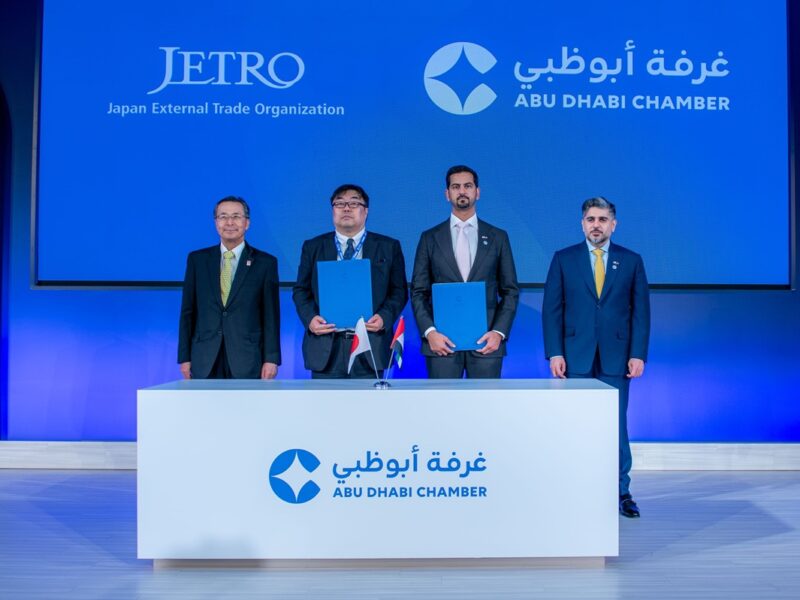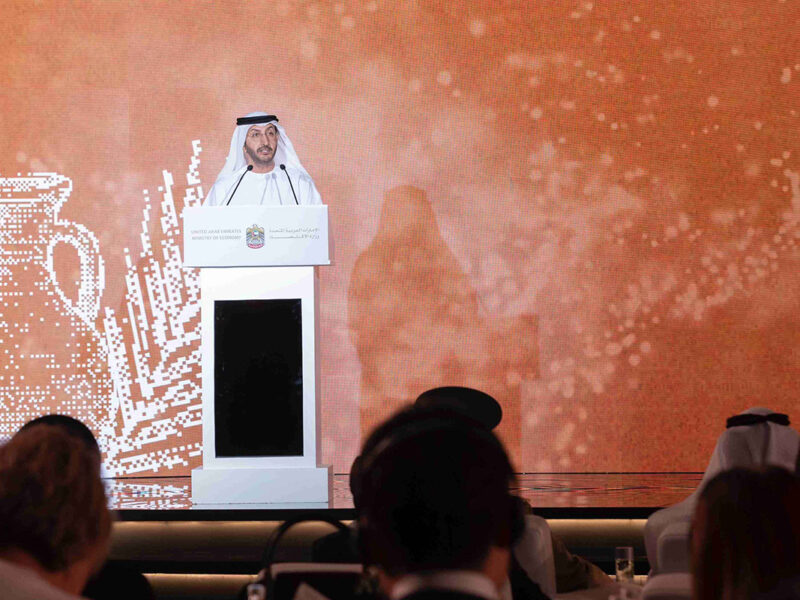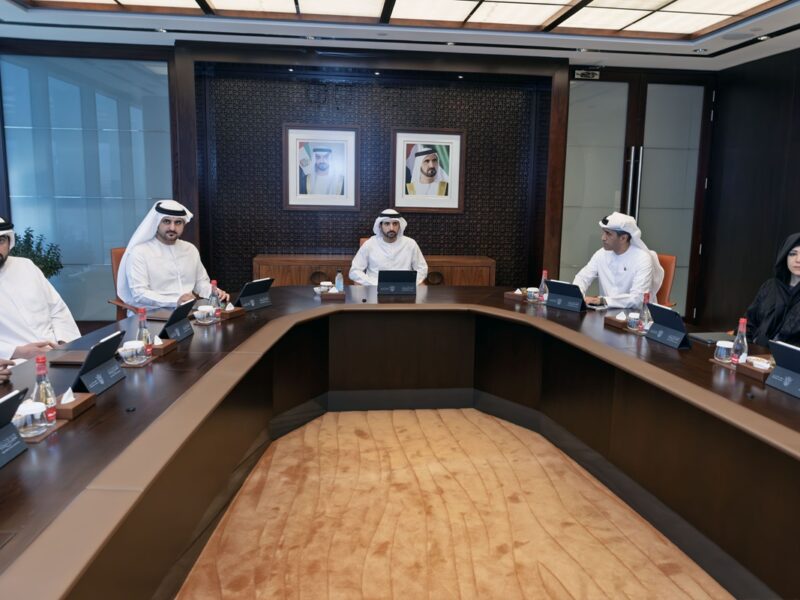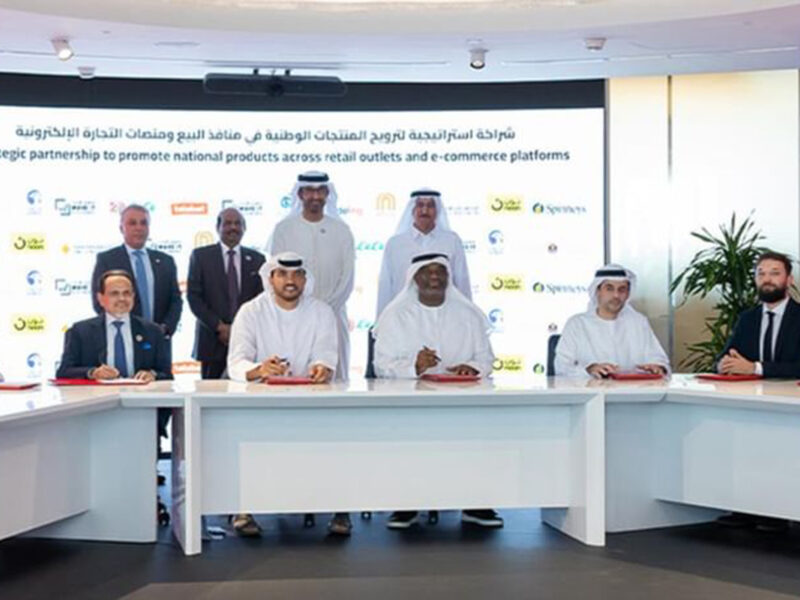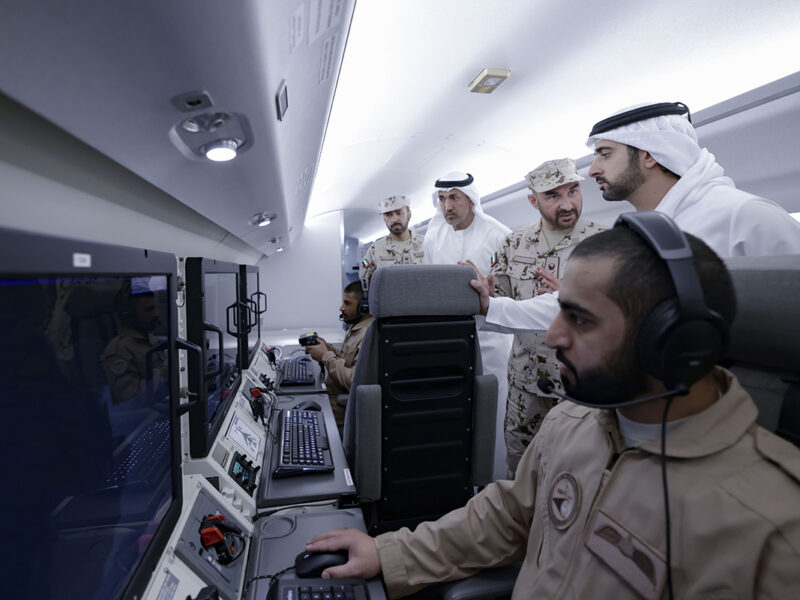The planned common Gulf Arab currency should track a basket in which the dollar comprises 45 percent and the euro 30 percent, Dubai International Financial Centre economists said on Wednesday.
Saudi Arabia, the UAE, Kuwait, Qatar and Bahrain, members of the Gulf Cooperation Council (GCC), are planning to launch a monetary union, including a single currency, by a 2010 deadline that many analysts say is unlikely to be met.
Once the common currency is issued, Gulf states should abandon a practice of pegging to the US dollar, DIFC economist Nasser Saidi said in a report.
All Gulf oil producers but Kuwait now maintain fixed exchange rates to the US currency, forcing them to mirror US monetary policy.
“The peg to the US dollar has constrained the monetary policy independence of GCC countries, and limited the options of central banks in addressing the global financial crisis,” the DIFC said in a research note.
To better reflect regional trade patterns, the basket should also include the Japanese yen with a weighting of 20 percent and the British pound should comprise 5 percent of the total, the DIFC said.
It said Japan accounts for almost 16 percent of the region’s total imports and exports, followed by the eurozone at 15 percent and countries using the US dollar at 14 percent.
“Given the structural changes occurring in the GCC economies, their increasing economic, investment and financial links with emerging economies in Asia, their economic diversification, and the transmission of the global financial crisis, the GCC countries need to regain their monetary independence,” the DIFC said.
The final draft of the region’s monetary union agreement is due to be discussed by Gulf Arab leaders at their annual summit on Dec. 29-30. They will also discuss where the central bank would be based.
Once they approve and ratify the agreement, Gulf states will set up a monetary council which would later be converted into a central bank.
According to the final draft, the joint central bank will be independent from the governments of the member countries and its aim would be to “maintain price stability”, a senior Gulf official said last month.
The central bank would not, however, target a specific inflation rate, the official said. (Reuters)

